Learn how to make thick and creamy homemade mayo in no time at all! No special equipment needed – just a bowl, a whisk and a few basic ingredients!
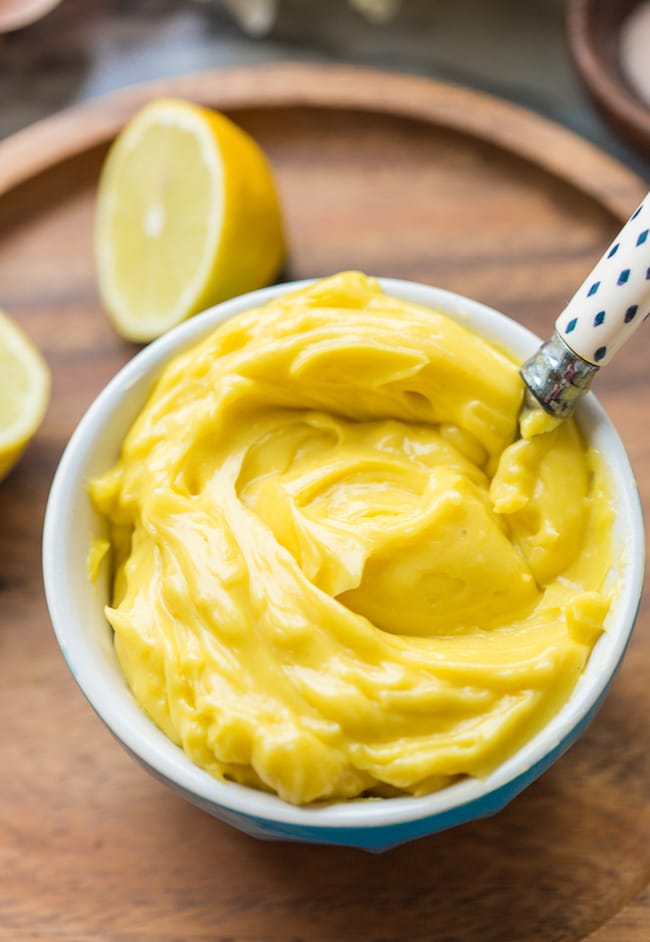
When I was little I used to ask my parents for mayonnaise sandwiches.
Yes. That’s right. Mayonnaise. Just a couple of pieces of white Wonderbread with a thick slathering of mayo in between. Sometimes I’d have it with a solitary slice of a cheese single thrown in the mix, but only if I was feeling adventurous. I’m glad to report that I’ve come a long way when it comes to foods I eat and enjoy.
While it’s certainly been awhile since my last mayonnaise sandwich I still appreciate a little spread from time to time. Fortunately, making mayo at home is super easy and requires very basic ingredients that are almost always found stocked in my kitchen.
If you’ve never attempted to make your own mayo at home it might feel a little daunting and tedious but I promise it’s not actually that hard!
Recipes to Make with Homemade Mayo
Homemade Mayo: How To + Tips
Essentially you only need three things to make mayonnaise: eggs, acid (vinegar or lemon juice) and oil.
While you can absolutely make this using a food processor or blender this step by step is focusing on how to make this by hand. Again – this is much easier than it might seem. Though all the whisking will give you a bit of an arm workout.
Steps
- Start by whisking together the egg yolk and the mustard in a clean, dry medium sized bowl. Beat together with a balloon whisk.
- Slowly add dribbles of oil in small, teaspoon sized amounts at a time. Continue beating in between adding more oil. You should notice your mixture starting to emulsify and thicken.
- Keep mixing! Continue on until your oil is fully incorporated into the yolk + mustard combo. Altogether this should take about 5 minutes by hand.
- Season and taste. When it’s all in, add the acid and salt, mix one final time until fully mixed and that’s it!
Things to Keep in Mind
- The key to successfully making your own mayo is to add the oil SLOWLY. It can be tempting to add large amounts of oil at once but you will regret it when the mixture breaks and curdles.
- Ideally you’ll want to use room temperature ingredients. If you remember, leave your ingredients out on the counter top for a little bit before making. Ingredients that are too cold may cause your mixture to curdle.
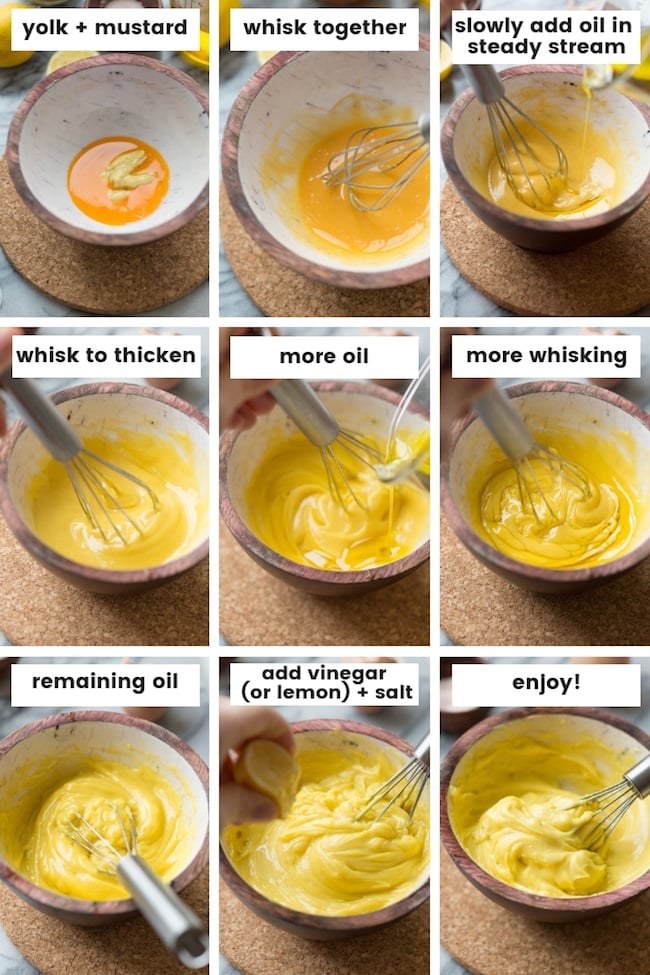
Mayo F.A.Q.’s
How long does homemade mayonnaise last?
There are a lot of different opinions you can find online about how long you can safely keep and consume homemade mayo because of the egg yolk. Personally, I’ve been comfortable keeping mine (stored in an airtight container in the fridge) for a little over a week until it’s used up. Many sites tend to err on the side of caution and recommend closer to 3-4 days.
Can homemade mayonnaise be frozen?
No. Emulsions like mayonnaise tend to separate and curdle when frozen.
What oil do you use for mayonnaise?
You can play around with different types of oils depending on your own personal preferences/lifestyles. If you’re looking to make a paleo or whole30 mayo use avocado oil or olive oil. Avocado oil is better if you want a more neutral flavour as (extra virgin) olive oil can have a distinct taste, but olive oil is a good option if you’d like a more Mediterranean taste.
In general you’ll want to choose something like grapeseed oil or vegetable oil. Those oils are very neutral in flavour which leave room for flavouring later.
Keep in mind that the type of oil you use will affect the overall colour of your mayo at the end. I went for a combination of avocado and oil oil which result in mine looking very yellow. Vegetable/rapeseed and other neutral oils will make for more of a traditional white mayo.
Is homemade mayonnaise safe?
The main concern most people have when it comes to homemade mayo is the use of raw egg yolk. If you’re worried about raw eggs and food borne illness you can always use pasteurized eggs for this recipe. Pasteurizing eggs is the process of safely heating eggs inside their shells to a temperature that destroys bacteria without actually cooking the egg.
How to fix runny mayo?
The best way I’ve found to deal with runny/broken mayo is to basically start over with another egg yolk. Don’t throw out your current mixture, just add an egg yolk to a new, clean bowl and slowly start drizzling/whisking the broken mayo into the yolk. Remember to add slowly and in small amounts at a time. If your mayo didn’t quite thicken up the first time it’s probably because too much oil was added too quickly.
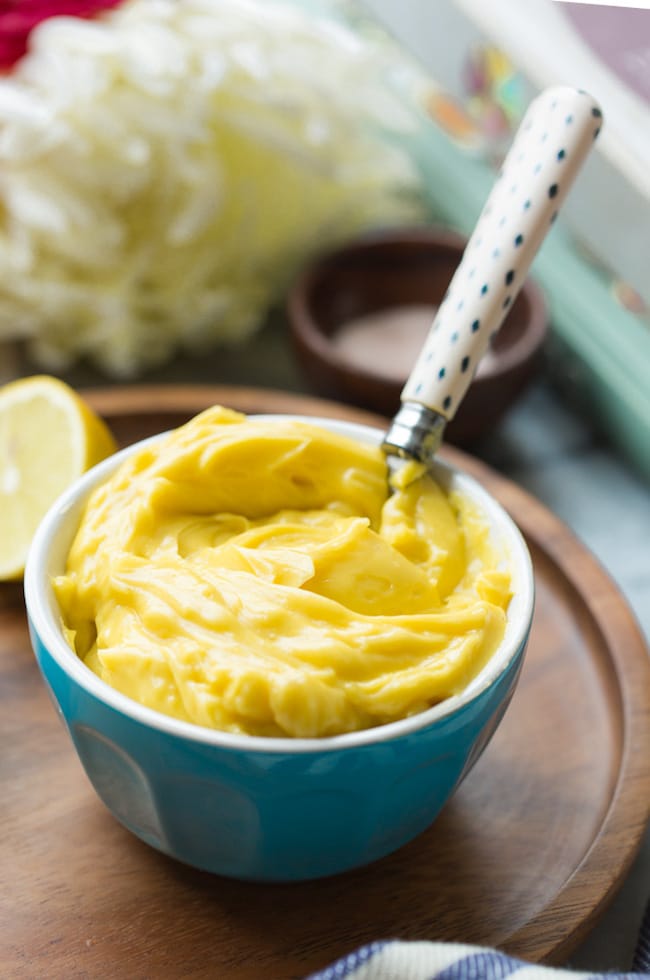
If you try this out yourself let me know how it goes. Other than a quick arm workout but I promise this really isn’t as hard as it may seem!
Once you have this made you can try making this insanely delicious Chipotle Mayo – a must have for burgers & tacos!

Homemade Mayo
Learn how to make thick and creamy homemade mayo in no time at all! No special equipment needed - just a bowl, a whisk and a few basic ingredients!
Ingredients
- 1 egg yolk
- 1 teaspoon dijon mustard
- 1 cup oil
- 1 tablespoon vinegar or lemon juice
- 1/4 teaspoon salt
Instructions
- Add the egg yolk and mustard to a clean, medium sized bowl and whisk together.
- Begin adding the oil in, teaspoons at a time beating well after each addition. Make sure the oil has fully integrated into the mixture before adding more oil. Continue adding oil small amounts at a time. You should notice your mixture begin to thicken and emulsify. Continue this process until all the oil has been added.
- Add the vinegar or lemon juice and salt and whisk in to combine. Taste and adjust the seasonings if needed. Use immediately or refrigerate for about a week in an airtight container.
Notes
Use room temperature ingredients.
What Types of Oil?
If you're looking to make a paleo or whole30 mayo use avocado oil or olive oil. Avocado oil is better if you want a more neutral flavour as (extra) olive oil can have a distinct taste, but olive oil is a good option if you'd like a more Mediterranean taste.
In general you'll want to choose something like grapeseed oil or vegetable oil. Those oils are very neutral in flavour which leave room for flavouring later.
Keep in mind that the type of oil you use will affect the overall colour of your mayo at the end. I went for a combination of avocado and oil oil which result in mine looking very yellow. Vegetable/rapeseed and other neutral oils will make for more of a traditional white mayo.
This does not freeze well.
Make this in the food processor
It's the same sort of idea but just with a machine that takes the mixing out of your hands. Add the yolk and mustard to a food processor (using a small bowl attachment) and blend. With the machine running, add the oil in a slow and steady stream. An emulsion should start to form as you go - continue until all of the oil has been added. Mix in the salt + acid and that's it.

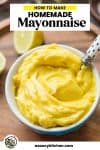
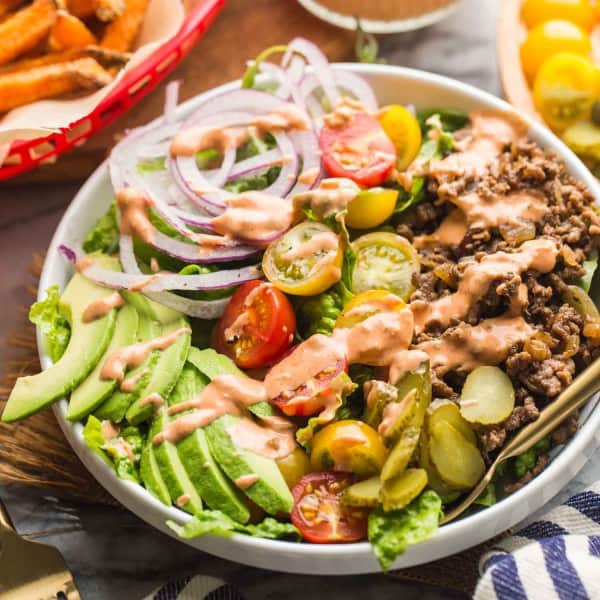
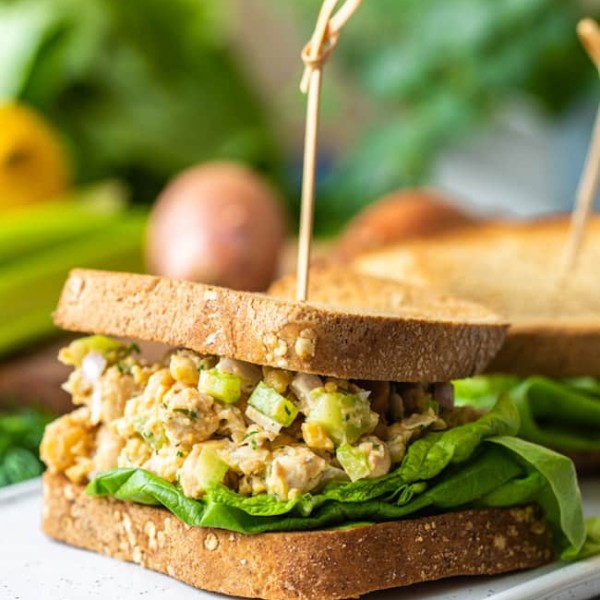
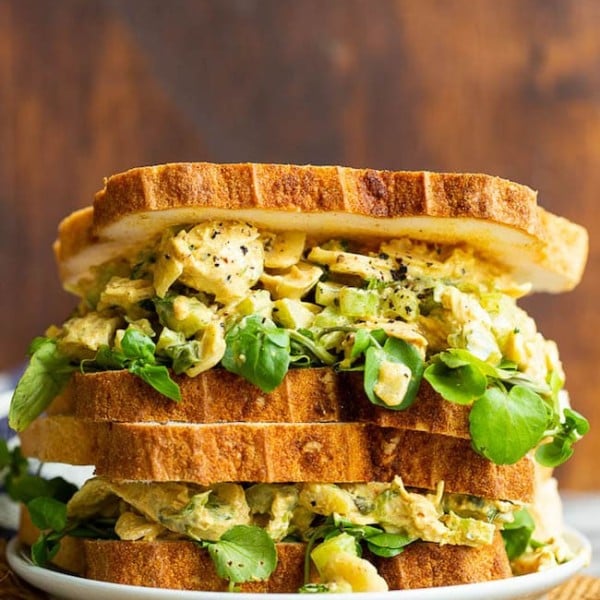
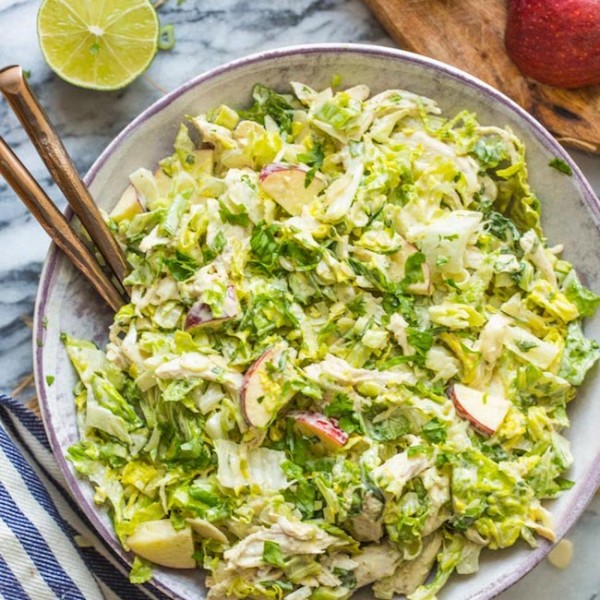
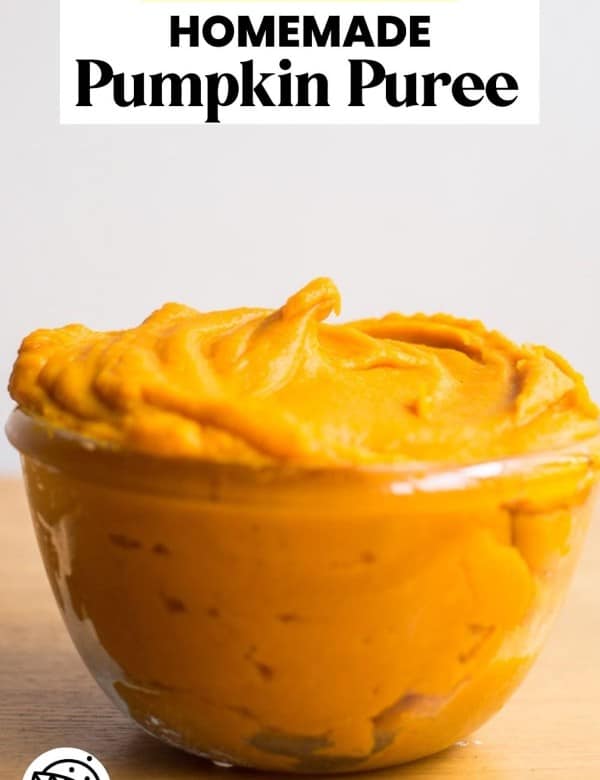
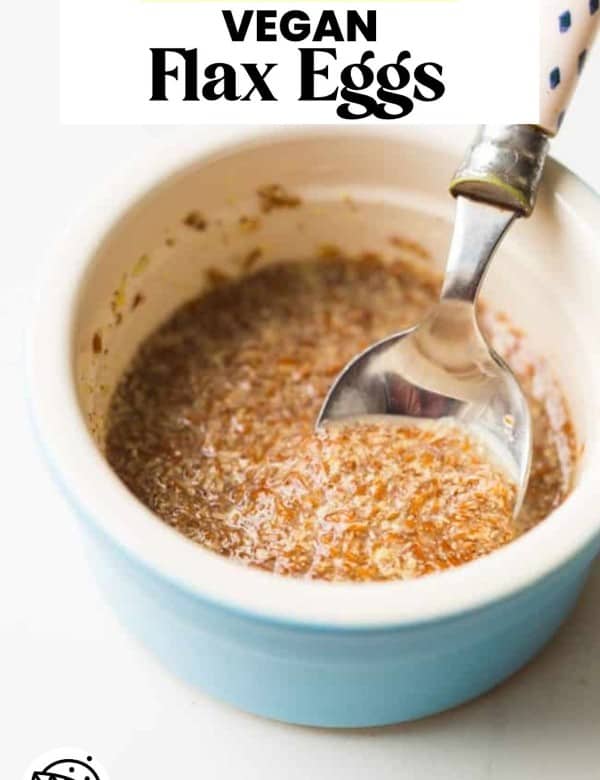
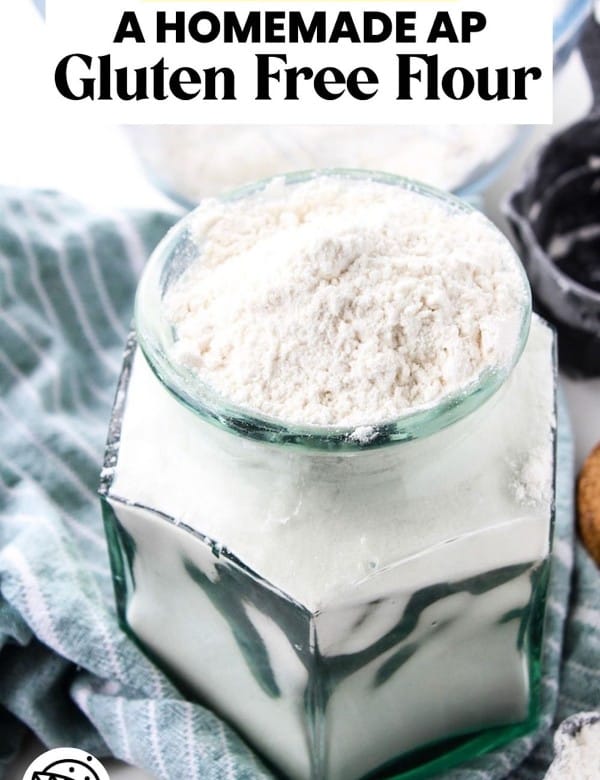

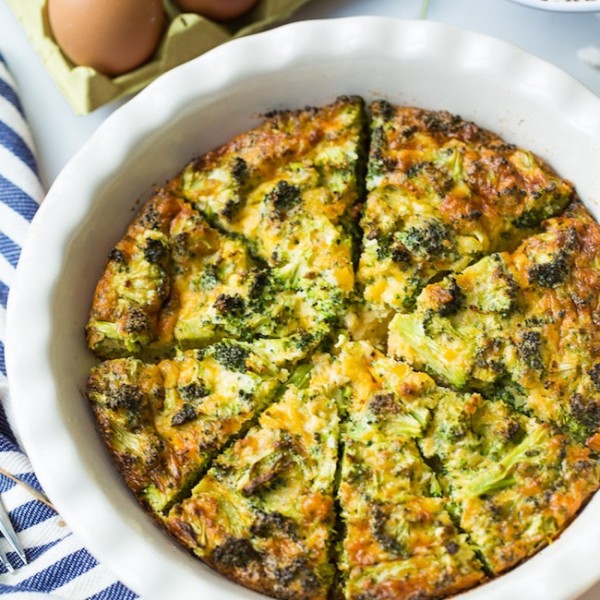
Leave a Review!